 |
PageTop |
|
|
 |
 |
 Early Christian Community Early Christian Community |
PageTop |
 |
|
|
 |
 (Comic book Museum) (Comic book Museum) |
PageTop |
 |
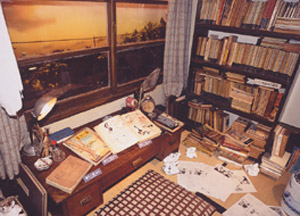
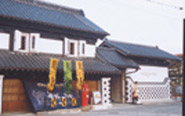 |
 |
The collection works of Shohtaroh Ishinomori as well as some other famous
comic book artists, are exhibited here, including his masterpieces, "Masked
Rider"and "Cyborg 009."
Some of Ishinomori's belongings are also on display in the museum.
"Masked Rider"and "Cyborg 009"are the representatives of his masterpieces.
Shotaro Ishinomori was born in Ishinomori, Nakada in Tome City, and spent his childhood.
An apartment complex called TOKIWASO, where he lived while he was in Tokyo, is reproduced and exhibited in the memorial.
His original house, located near the memorial, is also open to the visitors,
and exhibits some of his favorite books and doodles during his childhood.
Open: 9:30 to 17:00 (No entry after 16:00)
* July and August (9:00 to 18:00)
Close: Mondays, December 29th through January 2nd.
* Open 7 days a week in July and August
Admission Fee: Adults (individual)
500 yen (700 yen for special exhibitions)
|
|
 |
 |
PageTop |
 |
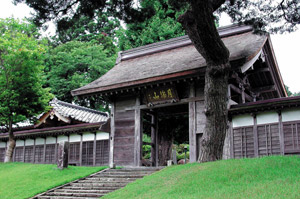 |
 |
Korinji Temple main entrance gate
The yard in front of the gate is covered by a beautiful lawn that leads to the ancient temple gate,
which is the second-oldest wooden building in Miyagi Ken (prefecture). It was built in the late 1500s.
* Important Prefectural Cultural Asset.
|
|
 |
 |
PageTop |
 |
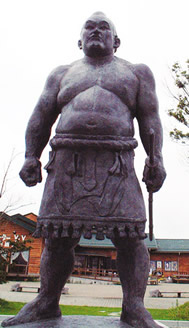 |
 |
He was born in Johnai, Nakatsuyama, Yoneyama, Tome City. He was a big
guy. It has been said that he was 197 cm tall and weighed 166 kg and the
length of his handprint was about 24.2cm.
There is a copper statue of Gontazaemon in font of Yoneyama Micinoeki,
a rest stop for tourists and drivers.
There is a monument in front of the rest stop to the memory of Maruyama Gontazaemon.
|
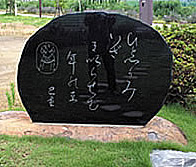 |
|
 |
 (Ancient tunnel-style burial mound) (Ancient tunnel-style burial mound) |
PageTop |
 |
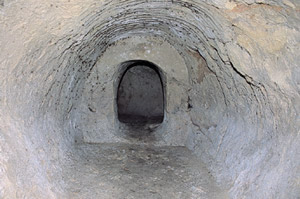 |
 |
This mound is presumed to date from the beginning of the 8th century.
It is necessary to make a reservation before your visit.
Tome Municipal Board of Education
Community Education Section |
|
 |
 |
PageTop |
 |
|
|
 |
 |
 |
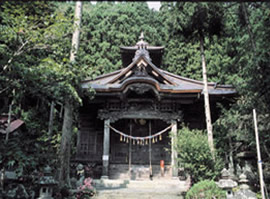 |
 |
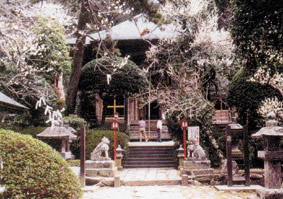 |
Yokoyama Fudoson (Buddhist temple)
At this temple there is a wooden seated statue of Fudo Myoo ( a fire god),
which is said to have been produced by a famous Buddhist priest, Kobo Daishi.
|
|
Yanaizu Kokuzoson (Buddhist temple)
According to legend, this temple was founded by a Buddhist saint, Gyoki in 726.
It is believed that this temple offers blessing of good fortune and intelligence.
|
|
|

